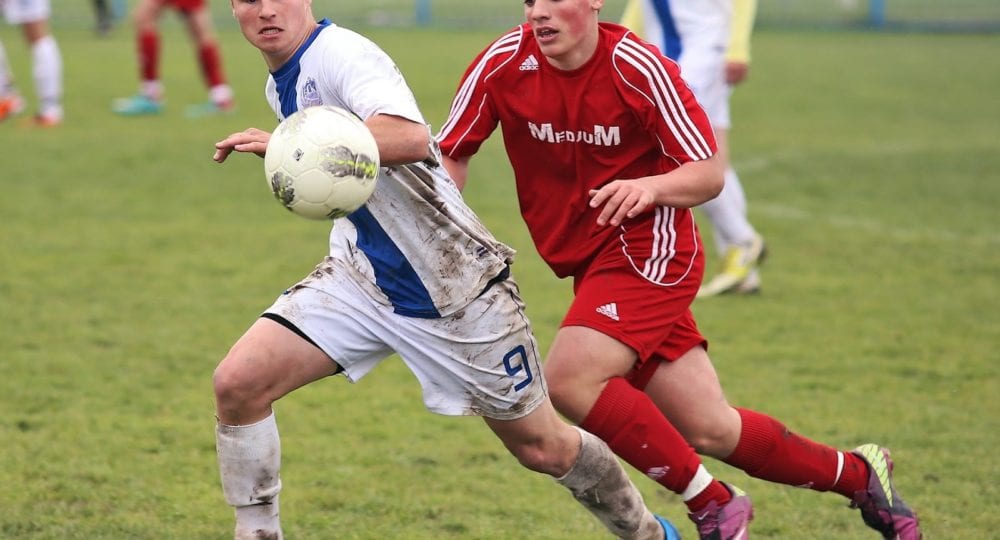With approximately 70% of children participating in some type of youth sports according to
The Aspen Institute’s Project Play, it’s no surprise that there is an entire month dedicated to raising awareness and education related to sports related safety and injury.
According to Project Play, nearly 9 out of 10 parents have concerns about the risk of injury, of which the biggest concern was related to concussions followed by joint injuries, broken bones/sprains/strains, and overuse. According to the study, fear of being hurt was the number 2 reason given by kids who did not play sports.
Participation in youth sports can be beneficial to children for so many reasons including physical health benefits as well as improved academic achievement and enhanced concentration and attention. In fact, in a survey of 400 female corporate executives – 94% of them played a sport and 61% felt that playing a sport contributed to their successful careers. (). Take some time out this month to learn how to educate yourself (and the children in your lives) on how to stay safe while participating in sports.
More than 3.5 million children under 14 seek medical treatment for a sports related injury each year. High school athletes account for approximately 2 million injuries with 500,000 doctor’s visits, and 30,000 hospitalizations/year. According to the CDC, more than half of all sports related injuries are preventable. 62% of sports related injuries happen in practice and approximately 21% of all traumatic brain injuries among children are sports related.
In the following sports for ages 5 – 14, an alarming number of children report injuries:
- Football – 28%
- Baseball – 25%
- Soccer – 22%
- Basketball – 15%
- Softball – 12%
Although each sport can be very specific regarding how to prevent injuries, use of safety equipment and specific exercises to aid in warm up/cool down activities are some common themes across all sports.
For sport specific related tips to injury prevention, please click here. Also refer to the list below:
- Get a physical – see your family physician for an annual check up and discuss any concerns.
- Stay in shape – don’t wait until the start of your sport and expect to be able to go from 0 to 100 overnight.
- Make sure your coaching staff is prepared – Your coaching staff/adults on sideline should be certified in first aid and CPR. A first aid kit can go a long way. According to Project Play, only 39% of youth coaches have had CPR/Basic First Aid Training.
- Check your gear – Be sure you have the right protective device for your sport and this is fits/is working properly. Don’t forget to use it during practice as well as games.
- Warm Up and Stretch – prior to games and practice.
- Stay Hydrated – drink water 30 minutes before playing, and every 15-20 minutes while playing.
- Get enough rest – playing when overtired can reduce your alertness to your surroundings as well as decrease your reflexes.
- Cool down – ever wonder why you run after practice/games. Cooling down helps prevent injury.
- Be aware of your surroundings –make sure you are fully alert to what is going on around you.
- Don’t play when injured – this one perhaps should even be stated again. When you play injured, you are usually compensating in some way and making yourself prone to additional injuries.





